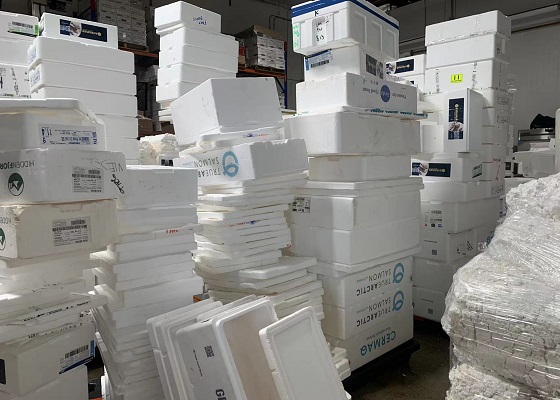In general, a polystyrene compactor tends to use less energy compared to a polystyrene densifier. Here’s an explanation of the energy consumption for each machine:
- Polystyrene Densifier: A polystyrene densifier typically uses heat and mechanical compression to compact and densify the polystyrene foam. The process involves heating the polystyrene to soften it and then applying mechanical pressure to reduce its volume. The heating element in the densifier requires energy to generate the heat necessary for softening the polystyrene. The energy consumption can vary based on the size and efficiency of the densifier, as well as the volume of polystyrene being processed.
- Polystyrene Compactor: A polystyrene compactor primarily relies on mechanical compression to compact the foam. It does not involve the same level of heating as a densifier. The compactor uses a screw or auger mechanism to apply pressure and reduce the volume of the polystyrene. Since the compaction process does not require as much heat, the energy consumption of a compactor is generally lower compared to a densifier.
It’s important to note that the actual energy consumption can still vary depending on the specific design, efficiency, and operating conditions of the machine. When considering energy consumption, it’s recommended to consult with the manufacturers or suppliers of the specific GREENMAX compactor or GREENMAX densifier models you are interested in. They can provide more accurate information on energy requirements, efficiency ratings, and help you compare the energy usage of different machines.
Furthermore, it’s essential to consider other factors beyond energy consumption, such as the overall recycling process, efficiency of downstream processes, and the environmental impact of polystyrene recycling. Evaluating the entire lifecycle and environmental benefits of polystyrene recycling will provide a more comprehensive understanding of its energy considerations.
